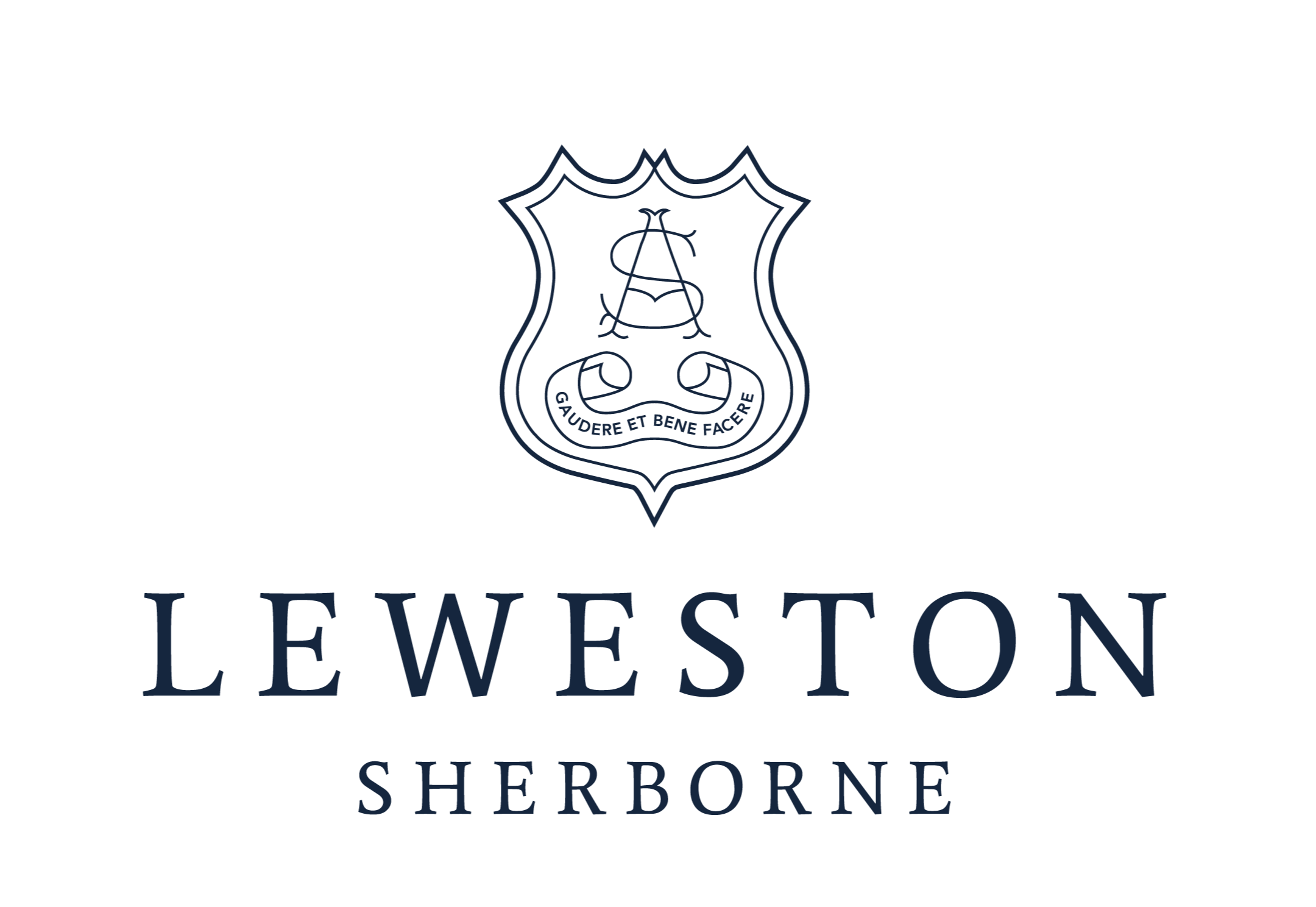'Freedom of Expression' | An Academic Enrichment Thought-Piece

Rhetoric, an academic enrichment activity for Years 7 to 9 undertook a series of team building challenges, testing their logic, team work and communication skills. After a warm up quiz, their first challenge was to build the tallest tower from paper cups, without actually touching the cups! This was followed by building the tallest free standing tower from just newspaper and Sellotape, with bonus points for design, team work and if it could support a tennis ball. Well done to the Year 7 team of Felix H, Tom J, Tom P and Ryan G who won the most points across all the activities.

Scholars Society for Years 10 and 11 met for their first meeting of the year and organised groups and themes for the debates and presentations that will occur over the course of the year, researched and led by the pupils themselves.
Finally, during Year 12’s first meeting of the Head’s Essay Society they focused on the topic ‘What limits should we place, if any, on the right to freedom of expression?’. Pupils had to research the topic, compose an essay and then debate and discuss their ideas as a group with Mr Paget-Tomlinson and Mrs Dencher. A thoughtful and well informed debate took place, with all pupils contributing their ideas. Tom H’s work can be seen below.
What limits should we place, if any, on the right to freedom of expression?
Freedom of expression is a fundamental human right that allows individuals the right to voice their thoughts, ideas and opinions. However, in modern day society, there are many debates to whether limits should be placed on the freedom of speech and expression. One notable theory that addresses this issue is John Stuart Mill’s ‘Harm Principle’. Mill believed individuals should be able to have the right to unrestricted freedom of expression unless their speech causes harm to others. I will explore and talk about the theory of John Stuart Mill’s harm principle as well as the Marketplace of ideas theory and how they examine the limits that may be justifiably placed on freedom of expression, as well as my own opinions, beliefs, and the history involved on this debate.
The concept of freedom of expression has a long and rich history. It can be traced back to ancient Greece, where philosophers like Socrates championed the idea of open dialogue and debate. However, it was in the 17th and 18th centuries that the modern understanding of freedom of expression began to change and start taking shape. Famous philosophical thinkers such as John Locke and Voltaire, argued that individuals have a natural right to express their thoughts and ideas without the government controlling or interfering. This opinion laid the groundwork for the inclusion of freedom of expression in documents like the First Amendment to the United States Constitution, which protects the freedom of speech.
One key theory that supports a view of freedom of expression is the Marketplace of Ideas Theory. This theory, talked about by Justice Oliver Wendell Holmes Jr. in the early 20th century, says that the best way to make informed decisions in a democratic society is to allow all ideas, even unpopular or offensive ones, to be freely expressed. This view argues for there to be minimal restrictions on speech, and emphasizes how important public discussions are.
However, an opposing viewpoint is the Harm principle, proposed by philosopher John Stuart Mill. Mill argued that freedom of expression should only be limited to prevent harm to others. In his famous essay “On Liberty,” he introduced the concept of the “harm principle,” which says that speech can be restricted when it is directed towards violence or could potentially lead to a danger to public safety. This principle recognizes that there are limits to freedom of expression when speech may harm others or general society.
Throughout history, societies have had conflict with tension caused between these two theories. One notable example is the Schenck vs United States case in 1919, where the U.S. Supreme Court ruled that the First Amendment did not protect speech that presents a danger, such as urging resistance to the draft during World War I. This decision reflected the idea that freedom of expression could be restricted in certain circumstances to prevent harm to national security.
Another crucial dimension of the debate on limiting freedom of expression relates to hate speech. Hate speech is generally defined as speech that promotes discrimination, hostility, or violence against individuals or groups based on their race, religion, ethnicity, or other characteristics. Many countries, including Germany and several European nations, have made laws making hate speech a criminal offence and with consequences to varying degrees of the offence. These laws aim to try and balance protecting socially excluded communities from harm and preserving freedom of expression.
In recent years, the rise of social media platforms has brought lots of new challenges to the discussion of limiting freedom of expression. These platforms have become powerful vehicles for the rapid spread of information and ideas, but they have also been criticized for allowing the spread of hate speech, false information, and encouragement to violence. Tech companies have faced difficult decisions about when and how to moderate content, and debates about the role of private companies in regulating speech have emerged. Social Media companies such as Telegram and Gab, honour freedom of speech and user privacy. In comparison to Instagram and Facebook where there are many more governed policies and consequences which occur if hate speech and false information may take place. For example: Blocking people, banning them and cancelling people (to name a few).
Nowadays, the digital age and social media has made it harder to separate between freedom of expression and privacy concerns. The tension between the right to free speech and the right to privacy has become an important topic in discussions about government surveillance, data collection, and the use of personal information to target individuals with specifically tailored content or adverts towards them.
In conclusion, the debate on the freedom of expression is a complex issue with many alternative and contrasting views. While the marketplace of ideas theory proposes for minimal restrictions to allow open debate, the harm principle recognizes that there are and should be limits to protect individuals and society from harm. The historical evolution of freedom of expression and the ongoing challenges posed by hate speech and the digital age have further made this a more difficult and complex approach to the debate. Finding the right balance between protecting this fundamental right and addressing concerns within society remains an important task for lawmakers, courts, and society as a whole. It requires a thoughtful and refined approach that considers both the principles of free expression and the broader well-being of individuals and communities. In my opinion, I believe that everyone should have the right to the freedom of expression, although from a moral point of view, I believe that people shouldn’t say harmful things as it’s unethical and malicious to society and humankind as a whole. However, just because morally these things shouldn’t be said, doesn’t mean that government intervention or other leaders, should stop harmful language, or actions, from being used. Secondly with regard to this point, there is no set definition of the border between acceptable and unacceptable language / expression. Different cultures may also believe in different views, separating them from nations around them. There is no right or wrong here as there is no one ruler governing the rules for all of the nations involved. Different translations of words and expressions may also have a profound effect on what is believed to be acceptable and unacceptable within these different societies. Social Media doesn’t help with this as it is where people from all nations and countries can come onto an app and share their thoughts and opinions, whilst potentially including hate speech without realising (which may not be harmful or offensive in their culture) and then be banned by the social media platform or people receiving the information.
Tom H, Year 12
